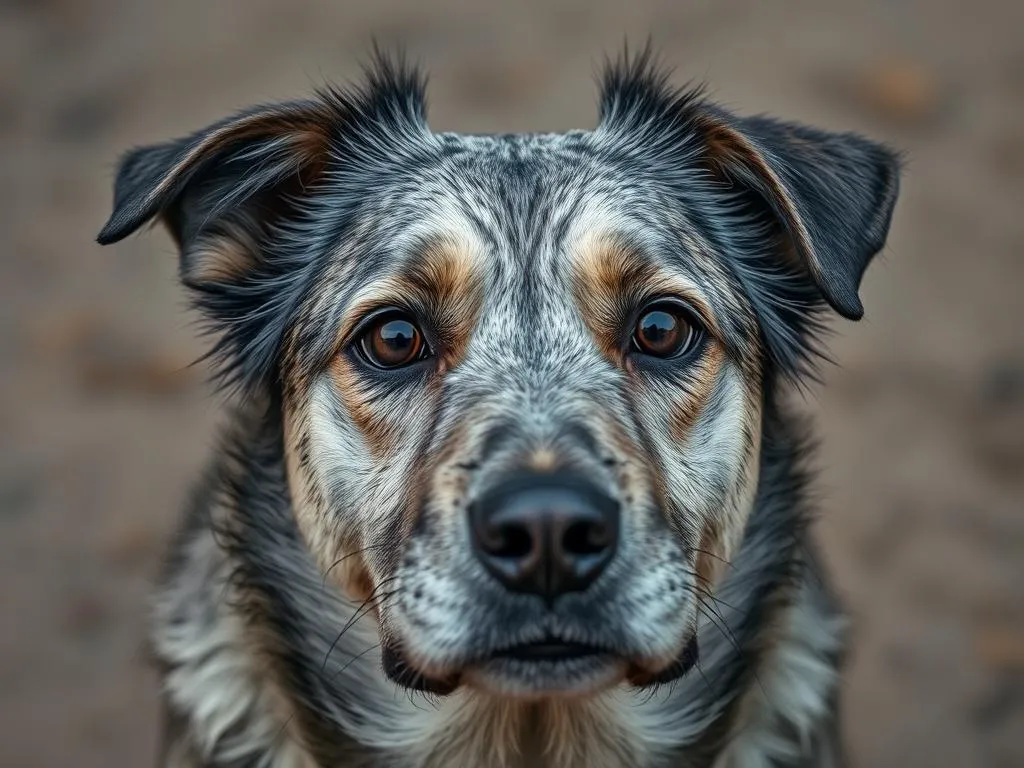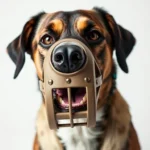
As our beloved canine companions age, we often notice subtle changes that signify the passage of time. One of the most visible signs of aging in dogs is the appearance of gray hair. When do dogs go gray? This question is common among dog owners as they witness their pets transition into their golden years. Understanding when and why dogs go gray can help us provide better care for them as they age.
Recognizing the signs of aging in dogs, including graying, is crucial for responsible pet ownership. It allows us to adapt our care routines, making sure our furry friends receive the support they need. This article will explore the aging process in dogs, the factors influencing when they go gray, breed-specific patterns, the science behind graying, and how to care for our aging companions effectively.
Understanding Canine Aging
The Aging Process in Dogs
Dogs age differently than humans, and their life stages are categorized into three main phases: puppy, adult, and senior. Puppies grow rapidly in their first year, reaching adulthood in about 1 to 2 years, depending on the breed. After this, dogs enter their senior years, which typically begin around 7 years of age for smaller breeds and around 5 years for larger breeds.
As dogs age, their bodies undergo various changes, including a decrease in energy levels, slower metabolism, and the development of age-related health issues. Recognizing these changes is vital for providing appropriate care and support.
Physical Signs of Aging
While graying is a prominent sign of aging, there are several other indicators that your dog may be getting older. Common signs include:
- Decreased Energy: Older dogs may not be as playful or active as they once were.
- Joint Stiffness: Many senior dogs experience arthritis or other joint issues, making movement more difficult.
- Changes in Behavior: Senior dogs may become more withdrawn or exhibit changes in their temperament.
Recognizing these signs early can help you make necessary adjustments in your dog’s care routine.
When Do Dogs Typically Start to Go Gray?
Age Range for Graying
Most dogs start to show signs of graying around the age of 5 to 7 years. However, this can vary significantly based on breed and individual health. Smaller breeds tend to gray later than larger breeds. For instance, a Dachshund may retain its color longer than a Great Dane.
Factors Influencing the Onset of Graying
Several factors influence when dogs begin to go gray, including:
- Genetics: Some breeds are predisposed to graying earlier than others. Your dog’s lineage can offer insight into when you might expect to see changes.
- Health Factors: A dog’s overall health, including diet and exercise, can impact the graying process. Dogs that maintain a healthy lifestyle may experience a slower onset of graying.
Breed-Specific Graying Patterns
Breeds Prone to Early Graying
Certain breeds tend to go gray earlier than others. Some of these include:
- Boxer: Often starts to show gray around the age of 5.
- Dalmatians: Can begin to gray significantly by their mid-5s.
- Siberian Husky: May show gray hairs as early as 4 or 5 years.
These breeds often exhibit unique characteristics and traits that may contribute to their early graying.
Breeds Known for Late Graying
On the other hand, some breeds are known for their late graying patterns. Examples include:
- Poodles: Typically maintain their vibrant coat until about 10 years of age.
- Beagles: Often show little to no gray until they reach their senior years.
- Chihuahuas: Generally retain their color well into their later years.
These breeds often have longer lifespans and are less affected by the graying process early on.
The Science Behind Graying in Dogs
The Role of Melanin
Melanin is the pigment responsible for the color of a dog’s coat. As dogs age, their bodies produce less melanin, leading to the gradual appearance of gray hair. This reduction in melanin is a natural part of the aging process and can also be influenced by genetics.
Stress and Graying
Interestingly, studies have suggested a correlation between stress and premature graying in dogs. Dogs that experience high levels of stress may show signs of graying earlier than those in more relaxed environments. To help minimize stress in your dog, consider the following tips:
- Create a stable and predictable routine.
- Provide a calm and safe space for them to retreat to.
- Engage in regular exercise and playtime to help reduce anxiety.
Reducing stress can not only help delay the graying process but also improve your dog’s overall well-being.
Caring for a Graying Dog
Nutritional Needs
As dogs age, their nutritional needs change. A balanced diet specifically formulated for senior dogs can help maintain their health and coat. Look for dog food that contains:
- High-quality proteins
- Essential fatty acids for coat health
- Antioxidants to combat aging
Additionally, consider discussing supplements with your veterinarian that may promote coat health and overall vitality.
Grooming Tips
Grooming is essential for maintaining the health of your dog’s coat, especially as they begin to gray. Here are some grooming tips for dogs with gray hair:
- Frequent Brushing: Regular brushing helps to remove dead hair and prevents matting.
- Use Gentle Shampoos: Opt for shampoos formulated for sensitive skin, as older dogs may have more delicate skin.
- Moisturizing Products: Consider using coat conditioners that are designed to nourish and restore shine to graying fur.
Keeping your dog’s coat clean and well-maintained can significantly improve their appearance and comfort.
Regular Veterinary Check-ups
Regular veterinary visits become increasingly important as dogs age. Routine check-ups allow for early detection of health issues and ensure that your dog remains healthy. During these visits, be sure to monitor:
- Weight changes
- Dental health
- Joint mobility
Being proactive about your dog’s health can lead to a happier and healthier aging process.
Emotional Aspects of Aging
Understanding Your Dog’s Changing Needs
As dogs age, their emotional needs may shift. Older dogs may require more comfort and support. To help your aging dog, consider:
- Providing a cozy bed that’s easy for them to access.
- Offering shorter but more frequent walks.
- Engaging in low-impact play that accommodates their energy levels.
Understanding their needs can help you foster a supportive environment for your dog as they age.
Bonding with Your Aging Dog
Strengthening the bond with your aging dog can bring comfort to both of you. Consider these activities:
- Gentle Massages: A calming massage can help relieve tension and promote relaxation.
- Quiet Time: Spend peaceful moments together, whether it’s cuddling on the couch or watching the sunset.
- Tailored Activities: Adapt playtime to suit their energy levels, such as gentle fetch or short strolls.
Patience and understanding are key to maintaining a strong connection with your dog in their golden years.
Conclusion
The journey of aging is inevitable for all dogs, and understanding when dogs go gray is just one aspect of this process. Recognizing the signs of aging, from graying to decreased energy levels, enables dog owners to provide the best possible care for their furry companions.
As your dog transitions into its senior years, embrace the changes with love and compassion. By adapting their diet, grooming practices, and emotional support, you can ensure that your aging dog continues to thrive in its later years. Cherish the time spent together, and remember, every gray hair tells a story of a life well-lived.









